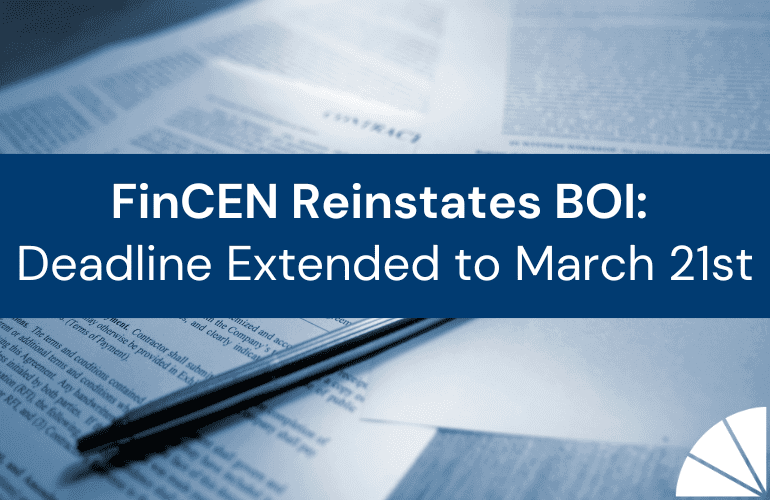
The evolution the business sector has endured since the start of the pandemic has helped take the “standard” right out of some standard operating procedures. Across all industries and size categorizations, businesses are having to adapt to changing models and new environments quicker than ever before. Whether it’s a new remote workforce or a changing in-house set-up, and regardless of whether you led the charge for accelerated digital transformation or are working to bridge a digital divide, it’s not uncommon for businesses to find that more than a few of their standard operating procedures are no longer aligned with the company’s current and long term goals.
When just maintaining current standards amidst so much change seems extremely overwhelming, finding ways to thrive can feel like pioneering your first solo mission through an alternate universe. To help business owners successfully traverse the great expanse, I’m taking a look at some best practices for aligning standard operating procedures and internal controls with the demands of a new business environment.
Ground Control to Remote Workforce 1: Do You Copy?
While remote workers are more commonplace today, it hasn’t been that long since many businesses offered the ability to work from home as a limited privilege, mainly offered to those in management or execute roles.The rapid changeover left little time to consider things like state and local tax (SALT) implications, cybersecurity concerns, and publishing formal guidelines for remote work.
It’s time to reevaluate your overall mission as well as the mission and purpose of specific departments, units, and individual roles. Take a look at what
key responsibilities have changed, how your expectations of your employees have changed, and whether your team has the resources they need at their disposal to overcome obstacles and perform their job functions well, whether they’re back in the workplace or working remotely. Think about what changes are likely to come as well, so you can build a contingency plan as you reevaluate your workforce.
Houston, Could We Have Prevented This Problem?
Running a successful business requires management and business owners to oversee the administration of a strong control environment by implementing and maintaining efficient internal controls and effective standard operating procedures. When unexpected threats affect your company’s control environment, your business, operations, employees, and assets could become increasingly vulnerable to certain risks. And until you are able to adapt your control environment accordingly, you’re operating with your defenses down.
The structures, processes, policies, and procedures your business has in place to uphold your internal controls are the construct for your company’s control environment. Internal controls are the checks and balances you employ to detect or prevent loss or harm from things like fraud, human errors, mistakes, and even technology failure. Standard operating procedures are the instructions your employees follow to perform duties and controls related to, among other things, accounting, cash management, risk management, and information technology. Because your business model and workforce have likely changed, it’s a good idea to take a comprehensive look at how these duties and controls need to evolve to meet the new challenges you could face in keeping your business protected.
That’s One Small Step Into the Cloud, One Giant Leap Into Digital Transformation
Cloud-based technologies can help you accommodate the changing needs of your workforce and control environment. These technologies can help you ensure your employees have access to the tools they need, no matter where they are. Many of these technologies also offer increased opportunities to automate manual processes, which is always a best practice for internal control purposes. Automation reduces the risk of fraud, narrows the margin for error, and can improve efficiency.
Man Your Mission With the Right Crew
LGA’s business advisory, outsourced management accounting, and business tax teams assist companies in any stage of the business lifecycle, regardless of financial standing. I want to help your business structure and implement standard operating procedures that support your needs and help you adapt to new environments in an evolving business universe. Contact me today to get started.
This article is the first part of a multi-article series. Stay tuned for Part II, which will focus on best practices in succession planning for key members of your finance and executive team.
by Jim DeCesar, CPA
 Jim is a principal with LGA. He works with businesses of all sizes to diagnose issues, establish processes, address risks, and achieve their financial goals. Jim’s public accounting and private industry experience allow him to provide clients with services ranging from financial and operational risk assessment, internal controls and process mapping, financial planning and analysis, tax analysis, and business strategy.
Jim is a principal with LGA. He works with businesses of all sizes to diagnose issues, establish processes, address risks, and achieve their financial goals. Jim’s public accounting and private industry experience allow him to provide clients with services ranging from financial and operational risk assessment, internal controls and process mapping, financial planning and analysis, tax analysis, and business strategy.





